AEROSPACE
Boom’s supersonic ambitions get a boost with United order
 Boom Supersonic
Boom Supersonic
US carrier United Airlines has placed an order for up to 50 of Boom’s new supersonic airliner. The deal breaks down into an order for 15 aircraft, with options for a further 35. Boom is aiming to fly the aircraft in 2025, with passenger flights in 2029. The company is aiming for ‘net-zero’ supersonic travel with the airliner to be powered by 100% sustainable aviation fuels. In the announcement, Boom also revealed that specifications of the Overture had changed, with its top speed dropping from Mach 2.2 to 1.7 and the number of passengers increasing from 55 to 65-88.
Airlander passenger cabin previewed
 Hybrid Air Vehicles
Hybrid Air Vehicles
Hybrid Air Vehicles has unveiled new renderings of passenger cabins for its Airlander 10 hybrid airship aimed at short-haul point-to-point regional travel. The Mobility 72 (above) and Mobility 90 cabins for 72 and 90 passengers respectively feature expanded space for passengers, with giant floor-to-ceiling windows. HAV says the Airlander 10 could be available in a hybrid-electric configuration from 2025 and an all-electric configuration by 2030. Using hybrid-electric power, says HAV, the Airlander would generate 90% fewer emissions than comparable aircraft.
NASA boosts R&D to support single-aisles
NASA’s Aeronautics R&D has received a budget boost with the goal of helping support the development of a new ultra-green, singleaisle airliner that would be 25% more efficient than today’s airliners. The ‘Sustainable Flight National Partnership’ foresees development of a full-sized X-Plane with hybrid-electric propulsion and high-aspect ratio braced wings.
Meanwhile, Boeing has revealed its 2021 ecoDemonstrator, in a partnership with Alaska Airlines. It will use a 737-9 MAX, outfitted with 20 research projects, including a 3D printed nozzle to generate an ‘air curtain’ between seat rows to provide anti-Covid measures in the cabin.
AIR TRANSPORT
Belarus divert Ryanair flight to arrest dissident
On 23 May, a Ryanair 737 flight from Athens to Vinius was forcibly diverted to Minsk, Belarus, where a Belarusian political activist Roman Protasevich on board the flight was arrested by authorities, before the flight was allowed to continue. Belarusian state media said that a bomb had been reported on the flight, with the airliner intercepted by a Belarusian MiG-29 and then forced to land in Minsk. However, no bomb was reportedly found on the aircraft. The incident has been slammed by politicians in the West, with UK suspending permits held by Belarusian airlines and EASA advising European carriers to avoid Belarusian airspace.
Breezy does it
New US carrier Breeze Airways made its inaugural flight on 31 May with a service from Tampa International Airport, Florida, to Charleston and Hartford using an Embraer E195. Headquartered in Salt Lake City, Breeze is the latest low-cost venture from serial airline entrepreneur David Neeleman, who previously launched Azul, JetBlue and WestJet. The airline launched operations with 39 new domestic routes to 16 cities on its initial schedule. Breeze, which has an order for 80 Airbus A220s and currently operates E190/195s, plans to fly thinner routes and connect underserved city pairs, with founder Neeleman saying: “A staggering 95% of Breeze routes currently have no airline serving them nonstop.”
Huge eVTOL airline order for Vertical Aerospace
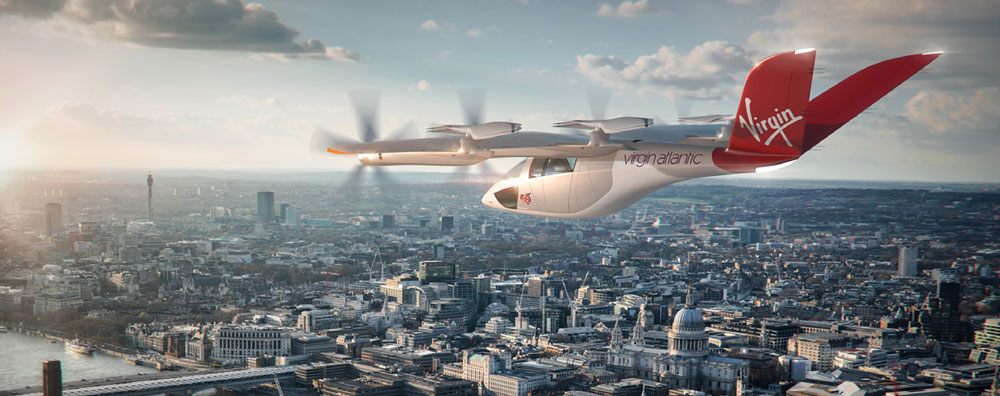 Vertical Aerospace
Vertical Aerospace
American Airlines, Virgin Atlantic and aircraft lessor Avolon have signed deals with UK company Vertical Aerospace for up to 900 VA-X4 electric vertical take-off and landing (eVTOL) flying taxis. American Airlines is to invest $25m in Vertical Aerospace and has pre-ordered up to 250 aircraft. Virgin Atlantic is to order between 50 to 150 eVTOLs and is also considering a joint venture with Vertical Aerospace. Avolon has also signed a $2bn order for up to 500 aircraft. Carrying a pilot and four passengers, the six-rotor electric-powered VA-X4 has a speed of over 200mph and a range of over 100 miles.
GENERAL AVIATION
Icon Aircraft in legal IP tech transfer battle
A consortium of 35 minority shareholders in US amphibious light-sport aircraft (LSA) manufacturer Icon Aircraft has filed a lawsuit against the company to block what, it claims, is the illegal transfer of technology to China by majority shareholder Pudong Science and Technology Investment Inc (PDSTI). The shareholders, who include former Boeing CEO Phil Condit and Icon founder Kirk Hawkins, are seeking legal measures to block the company from transferring IP to China – including aircraft design, manufacturing and composites from its A5 LSA. According to the lawsuit, PDSTI has ‘seized control of the management of the company,...in support of its goal to expropriate Icon’s intellectual property to China’.
Hill Helicopters to fly HX50 in 2022
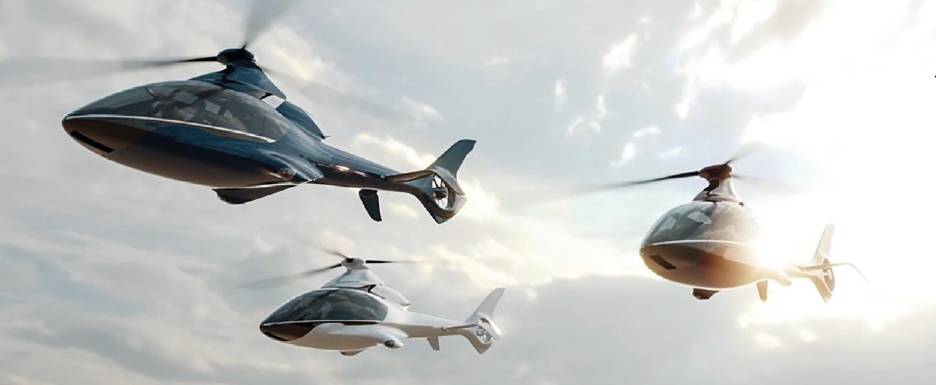 Hill Helicopters
Hill Helicopters
UK rotary-wing start-up Hill Helicopters has announced that it is set to fly the first prototype of its new HX50 light helicopter in 2022, with three examples to join the flight test fleet – with first deliveries scheduled for 2023. The company says it has now racked up over 200 pre-orders for the HX50, surpassing its target.
DEFENCE
Unpiloted MQ-25 drone tanker performs first aerial refuelling
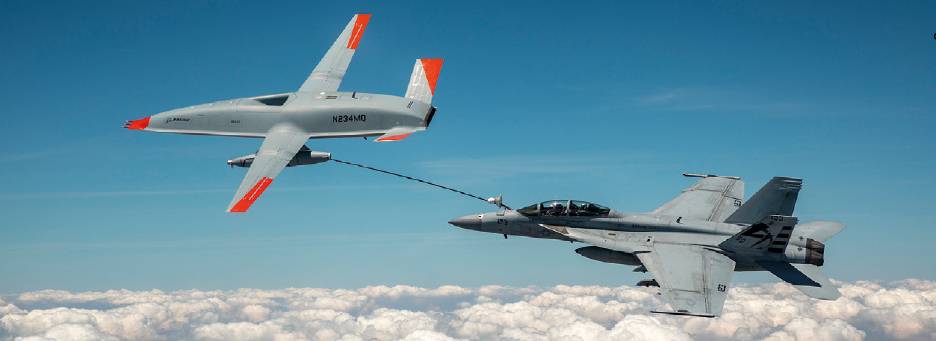 Boeing Defense
Boeing Defense
The US Navy has conducted the first-ever aerial refuelling test between a drone tanker and a piloted receiver aircraft. The test, on 4 June, saw a Boeing MQ-25 UAV successfully refuel a US Navy F-18F Super Hornet during a flight from MidAmerica Airport, Mascoutah, Illinois.
New Medium Helicopter fight heats up
Leonardo UK has unveiled its AW149 Common Platform Demonstrator, designed to showcase the helicopter’s potential for the yet-to-be formally announced UK MoD New Medium Helicopter (NMH) which is expected to replace the Puma, Bell 212/412 and AS365N3. The CPD, based on a AW189 company prototype will be used to brief MoD officials, military personnel and others of the baseline capabilities and mission equipment options of the AW149.
Meanwhile, rival NMH bidder Airbus Helicopters has released a photo of the first H175 airframe built fully in Europe, the result of a five-year project to develop alternative supply chains for the helicopter free of Chinese parts.
SPACEFLIGHT
Relativity Space reveals fully reusable rocket
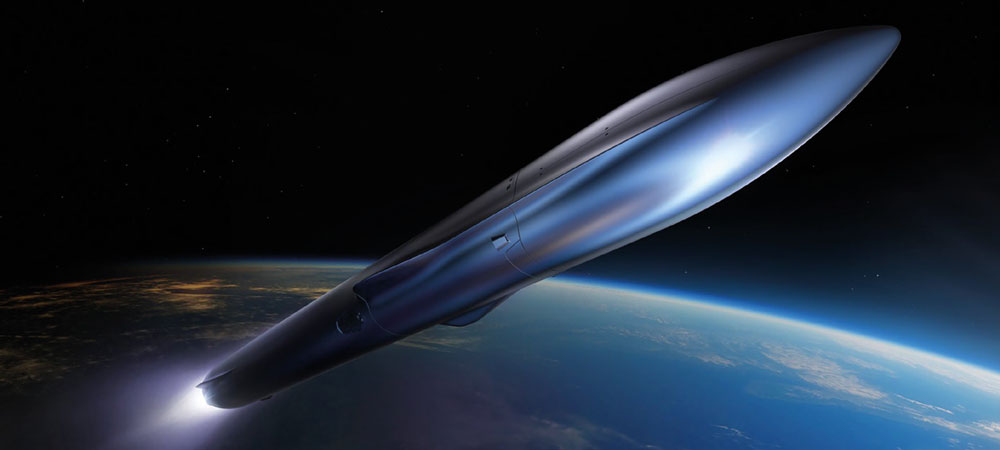 Relativity Space
Relativity Space
US start-up Relativity Space has revealed plans for a reusable two-stage rocket built entirely using 3D printing. Intended to carry over 20 tonnes of cargo into low Earth orbit from 2024, the 216ft (66m)-high Terran R rocket takes its cues from SpaceX’s Starship with reusable upper and lower stages but would be the size of SpaceX’s smaller Falcon 9 rocket. Relativity Space also announced the close of a $650m round in investment funding.
Billionaires race to make sub-orbital flight
Amazon and Blue Origin founder Jeff Bezos has announced that he will take a seat on the first crewed sub-orbital flight of his company’s New Shepard rocket on 20 July, the 52nd anniversary of the Apollo 11 Moon landing. Another seat on the historic flight was auctioned off for charity, raising $28m to join Bezos, his brother Mark, and three Blue Origin staff in the capsule which will launch from West Texas for an 11-minute flight. Meanwhile, space blog Parabolic Arc has reported that Virgin Galactic’s Sir Richard Branson may be aiming to beat Bezos into space, with a sub-orbital flight on SpaceShipTwo rumoured to launch on the weekend of 4 July.
 IATA
IATA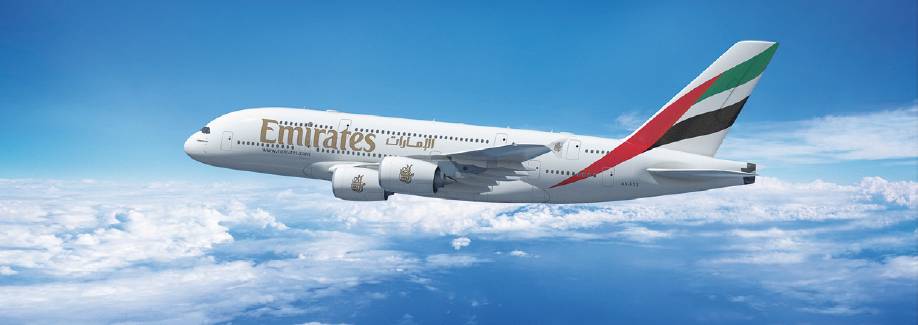 Eimrates
Eimrates




